#Danilo Donati
Explore tagged Tumblr posts
Text


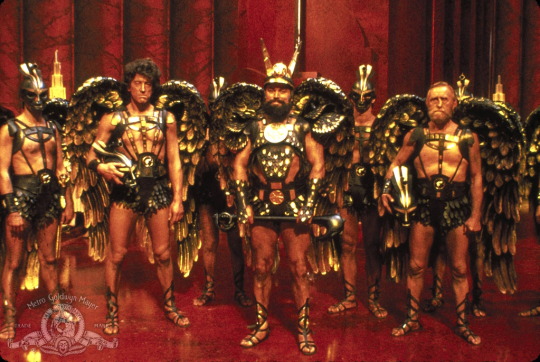

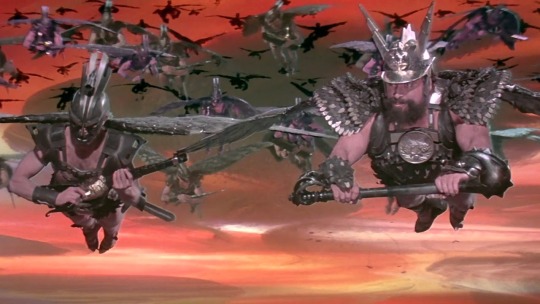
One Dress a Day Challenge
August: Fantasy & Sci-Fi
Flash Gordon / Brian Blessed as Prince Vultan
You've got to hand it to Brian Blessed and the other Hawkmen actors: this is the sort of costume that can't be worn timidly. It must be worn with gusto or else it will utterly defeat its wearer. And they pull it off, wings and all. Interestingly, they're actually wearing slightly more than their comic counterparts (see below).
Prince Vultan's costume has some extra features that denote his rank. He has a fancy helmet with the badge of the hawkmen, showing crossed wings inside a star, and two tall horns? lightning bolts? stylized feathers? He also has a more substantial breastplate with another variation on the badge (crossed wings in front of a beaming sun). The breastplate appears to be made of leather, with overlapping scales in gold and deep brown.

#flash gordon 1980#brian blessed#prince vultan#scifi costumes#fantasy costumes#one dress a day challenge#one dress a week challenge#movie costumes#1980 movies#1980 films#danilo donati#fly my hawkmen fly
182 notes
·
View notes
Text











Embodying Pasolini
Tilda Swinton & Olivier Saillard
Phot. Ruediger Glatz
Rizzoli, New York 2022, 112 pages, 26,2x31,6cm, ISBN 978-0-8478-72725
euro 78,00
email if you want to buy [email protected]
Longtime creative collaborators Tilda Swinton and Olivier Saillard present an illustrated tribute to the costumes of legendary Italian director Pier Paolo Pasolini’s iconic films. Retracing Pier Paolo Pasolini’s entire cinematography—which continues to fascinate audiences almost half a century after his passing—Embodying Pasolini explores the costumes that brought his films to life. From The Gospel According to St. Matthew (1964), The Canterbury Tales (1972), and Arabian Nights (1974) to Salò, or the 120 Days of Sodom (1975), Pasolini’s movies are known for their provocative flair—making them staples of art cinema’s golden age. Styled by Danilo Donati, the costumes—garments, coats, and hats—enlivened the films with their rich textures, volume, color, and embellishments.
28/05/24
#Pasolini#Tilda Swinton#Olivier Saillard#Danilo Donati#costumes#garments#coata#hats#fashion books#fashionbooksmilano.
48 notes
·
View notes
Text








Caligula (Tinto Brass, 1979).
44 notes
·
View notes
Text




Katharina (Elizabeth Taylor) Red & green gown.. The Taming Of The Shrew (1967).. Costume by Danilo Donati.
31 notes
·
View notes
Text










Salò, or the 120 Days of Sodom (1975) dir. Pier Paolo Pasolini
Cinematography by Tonino Delli Colli
Production Design by Dante Ferretti
Set Decoration by Osvaldo Desideri
Costume Design by Danilo Donati
#salò#salò or the 120 days of sodom#120 days of sodom#pier paolo pasolini#cinema#cinematography#tonino delli colli#dante ferretti#osvaldo desideri#danilo donati#film#movies
0 notes
Text









Red Court inspo board ♡♡♡
Carmen Dell'Orefice wearing Guo Pei (SS 2027)
Iago, from Othello by Edwin Austin Abbey (1897)
Costume for The Canterbury Tales (dir. Pier Paolo Pasolini, 1972), by Danilo Donati
Costume for Romeo and Juliet (dir. Franco Zeffirelli, 1968), by Danilo Donati
Cover art by the Balbusso Twins for Red As Blood and White as Bone (Theodora Gross, 2016)
Costume for the 1996 Broadway revival production of Once Upon a Mattress
Costume for Peau d'âne (dir. Jacques Demy, 1970), by Gitt Magrini
The Forerunner by Eleanor Fortescue-Brickdale (1920)
Sanguine Bride by Elizaveta Porodina for designer Hana Yagi (2024)
#ok i'm from desktop now i finally fixed the format!!#this is what my brain pictured when i played The Fair Unknown es#i also have a few pics of stage design that fit the red parabolan vibe but the image quality is not so good for a moodboard#fallen london#fallen london moodboard#my moodboard#the red court#red aesthetic#red fashion
38 notes
·
View notes
Text
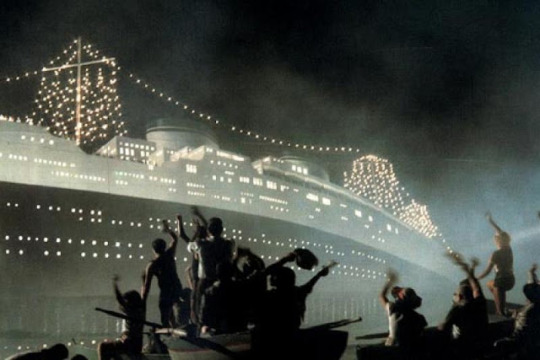
Amarcord (Federico Fellini, 1973)
Cast: Bruno Zanin, Magali Noël, Pupella Maggio, Armando Brancia, Giuseppe Ianigro, Nando Orfei, Ciccio Ingrassia, Stefano Proietti. Screenplay: Federico Fellini, Tonino Guerra. Cinematography: Giuseppe Rotunno. Production design: Danilo Donati. Film editing: Ruggero Mastroianni. Music: Nino Rota.
Nostalgia, Fellini-style, with lots of bawdiness, plenty of grotesques, much comedy, and a little pathos. It was a huge hit, earning the foreign-language film Oscar and nominations for Fellini as director and as co-author (with Tonino Guerra) of the screenplay. It's certainly lively and colorful, thanks to the cinematography of Giuseppe Rotunno, the production and costume design of Danilo Donati, and of course the scoring by Nino Rota. What it lacks for me, though, is the grounding that a central figure like Marcello Mastroianni or Giulietta Masina typically gave Fellini's best films, among which I would name La Strada (1954), The Nights of Cabiria (1957), La Dolce Vita (1960), and 8 1/2 (1963). The presumed center of Amarcord is the adolescent Titta (Bruno Zanin), whose experiences over the course of a year in a village on Italy's east coast serve to link the various episodes together. But Titta is too slight a character to serve that function the way, for example, Moraldo (Franco Interlenghi) did as the Fellini surrogate in I Vitelloni (1953). There are some marvelous moments such as the sailing of the ocean liner SS Rex past the village, which goes out to greet it in a variety of fishing and pleasure boats. But too much of the film is taken up with the noisy squabbling of Titta's family, who soon wear out their welcome -- or at least mine.
5 notes
·
View notes
Text

I disegni di FEDERICO FELLINI nella collezione di DANILO DONATI
Federico Fellini amava dire ai suoi collaboratori Questo dello scarabocchiare è una mania antica che mi porto appresso da sempre. Ma sono scarabocchi?
0 notes
Text
Romeo and Juliet is a 1968 film based on the play of the same name by William Shakespeare. Directed and co-written by Franco Zeffirelli, the film stars Leonard Whiting as Romeo and Olivia Hussey as Juliet. Laurence Olivier spoke the film's prologue and epilogue and dubs the voice of the actor Antonio Pierfederici, who played Lord Montague, but was not credited on-screen. The cast also stars Milo O'Shea, Michael York, John McEnery, Bruce Robinson, and Robert Stephens.
The most financially successful film adaptation of a Shakespeare play at the time of its release, it was popular among teenagers partly because it was the first film to use actors who were close to the age of the characters from the original play. Several critics also welcomed the film enthusiastically. It won Academy Awards for Best Cinematography (Pasqualino De Santis) and Best Costume Design (Danilo Donati); it was also nominated for Best Director and Best Picture, making it the last Shakespearean film to be nominated for Best Picture to date. Whiting and Hussey both won Golden Globe Awards for Most Promising Newcomers.
This was one of three Shakespearean film adaptations directed by Zeffirelli: The Taming of the Screw - 1967 Romeo and Juliet - 1968 Hamlet - 1990.
Read Shakespeare's Complete Works online for free
_______________________________
Screen Adaptation - Co-Production : MISANTHROPOS – Official Website Adapted by Maximianno Cobra, from Shakespeare's "Timon of Athens", the film exposes the timeless challenge of social hypocrisy, disillusion and annihilation against the poetics of friendship, love, and beauty.
IMDb page
1 note
·
View note
Text
Reblogging for the month of weddings, as this is a wedding costume!




One Dress a Day Challenge
The Men of September
The Taming of the Shrew / Richard Burton as Petruchio
Petruchio wears this gigantic, multicolored ... thing ... to his wedding as part of his campaign to be as humiliating as possible. It's based on historical styles, but dialed up to eleven. I love the huge three-cornered hat with the tassels at the edges!
As an interesting bit of trivia, a friend of mine who knows something about dyeing tells me that it would be possible to achieve all the colors in the suit with natural dyes.
I've never quite figured out what that thing he's carrying on a stick is supposed to be. Looks like either a donkey or a wild boar, but made of feathers? Or something?
#the taming of the shrew#wedding costumes#richard burton#one dress a day challenge#one dress a week challenge#shakespeare costumes#movie costumes#1967 films#1967 movies#16th century costumes#renaissance costumes#shakespeare adaptations#period film#danilo donati#16th century style#16th century fashion
81 notes
·
View notes
Text


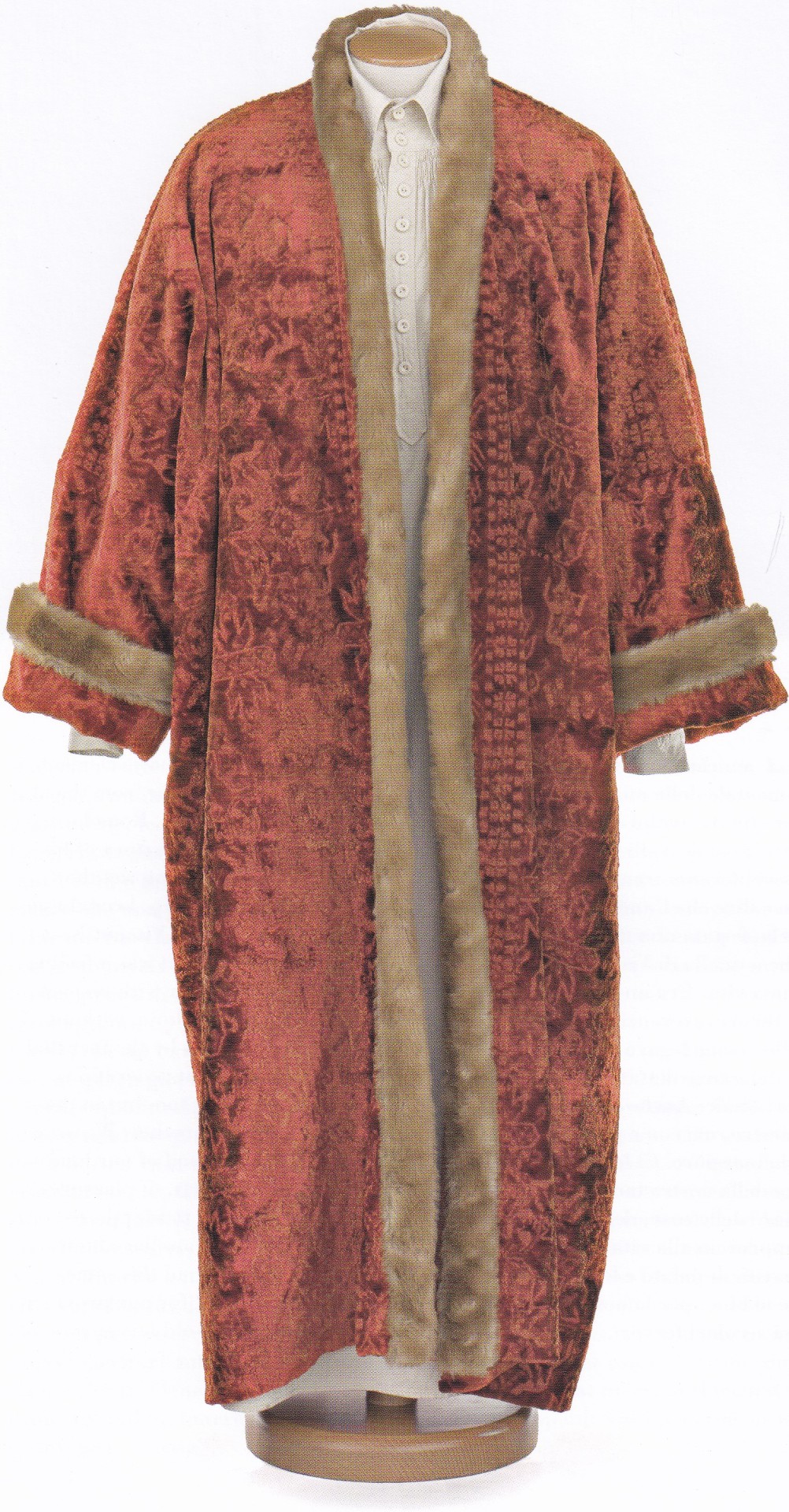
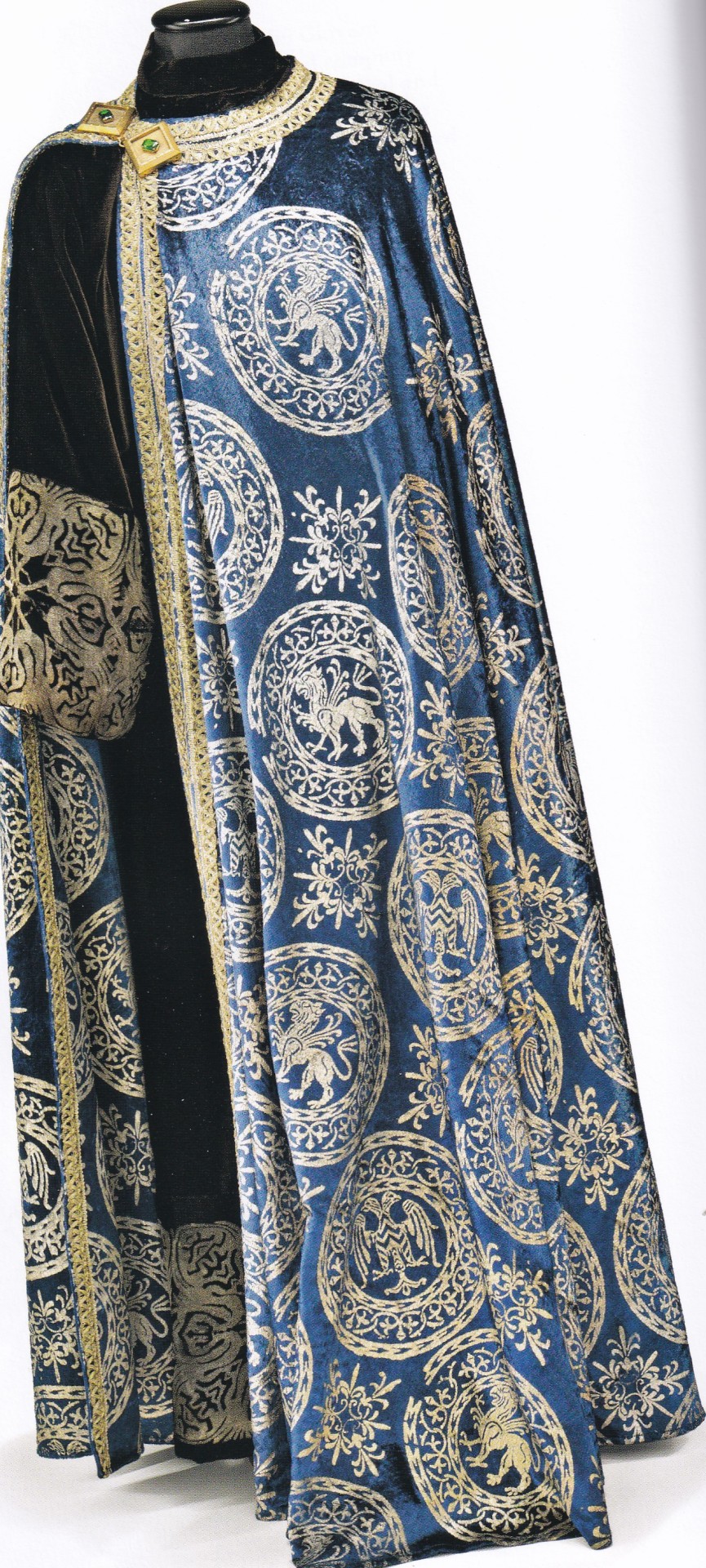



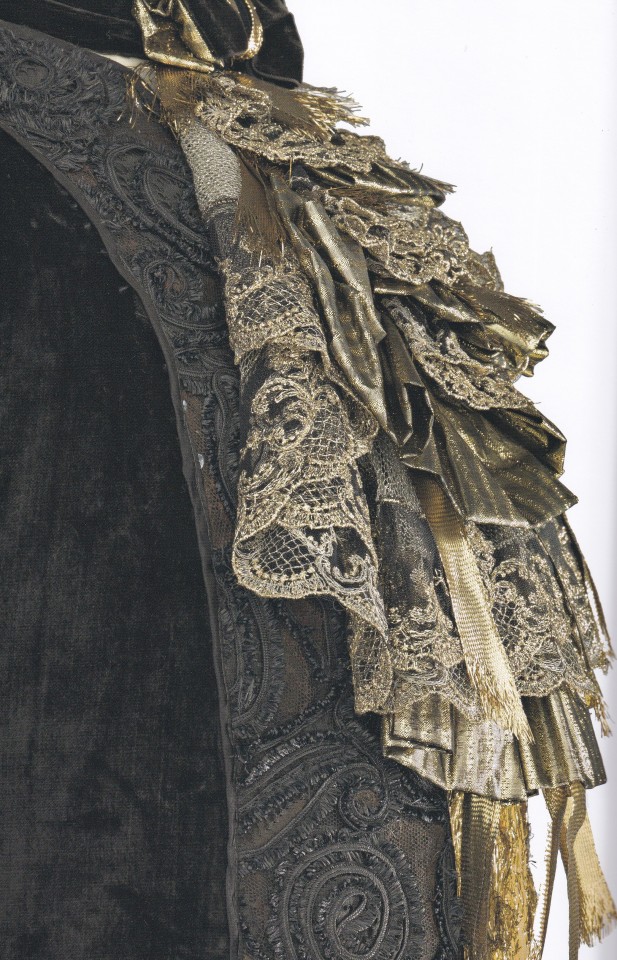






Umberto Tirelli Ritorno a Gualtieri
a cura di Gabriella Pescucci
Corsiero Editore, Reggio Emilia, seconda edizione 2019, 136 pagine, 21x30,5cm, ISBN 978-88-98420-94-0
euro 35,00
email if you want to buy [email protected]
Catalogo dell’omonima mostra, curata dalla costumista premio Oscar Gabriella Pescucci, a Palazzo Bentivoglio di Gualtieri (Reggio Emilia) con oltre una trentina di costumi realizzati dalla Sartoria Tirelli per spettacoli teatrali e film.
Questa mostra segna il ritorno simbolico di Umberto Tirelli al suo paese d’origine, ma ne attraversa nel contempo l’intera carriera, attraverso le sue stesse parole che descrivono l’amicizia con Romolo Valli e Gian Luigi Pizzi, con Luchino Visconti e Danilo Donati, con Piero Tosi e Federico Fellini. La storia della Sartoria Tirelli non si esaurisce però con la figura di Umberto Tirelli: la sua eredità di valori e di dedizione al lavoro continua tuttora, attraverso la collaborazione con i maggiori costumisti del panorama internazionale.
Nel catalogo sono presenti i costumi di Milena Canonero, Massimo Cantini Parrini, Danilo Donati, Alessandro Lai, Gitt Magrini, Maurizio Millenotti, Ursula Patzak, Gabriella Pescucci, Pier Luigi Pizzi, Carlo Poggioli, Ann Roth, Piero Tosi e Mariano Tufano, realizzati per i film e gli spettacoli teatrali di Sofia Coppola, Fanny Ardant, Matteo Garrone, Federico Fellini, Ferzan Ozpetek, Bernardo Bertolucci, Paolo Virzì, Anthony Minghella, Martin Scorsese, Luchino Visconti, Giorgio Diritti, Carlo Hintermann, Mauro Bolognini e Giorgio De Lullo.
14/03/24
#Umberto Tirelli#Ritorno a Gualtieri#exhibition catalogue#Palazzo Bentivoglio Gualtieri 2018#SartoriaTirelli#theatrical & movie costumes#fashionbooksmilano
12 notes
·
View notes
Text
In mostra 30 abiti del 'Romeo and Juliet' di Zeffirelli
Oltre 30 costumi originali indossati durante le riprese del film Romeo and Juliet del 1968 diretto da Franco Zeffirelli con Olivia Hussey e Leonard Whiting, realizzati da casa d’Arte Cerratelli, in mostra dal 16 gennaio al 18 febbraio nella sala della musica della Fondazione Zeffirelli a Firenze. . ‘Romeo&Giulietta, i costumi da Oscar di Danilo Donati dal film del 1968 di Franco Zeffirrelli’ il…
View On WordPress
0 notes
Text
Embroidered wit a Star Advent Calendar 6

Flash Gordon, 1980, costume design by Danilo Donati
#embroidery#embroidery in film#needlework#costume design#embroidery on screen#embroidery advent#advent#embroidery advent calendar#flash gordon
0 notes
Video
youtube
LA GRANDE GUERRA (1959) - Trailer | Filmauro
LA GRANDE GUERRA - 15- 18
AGE E SCARPELLI - SCENEGGIATORI
Figlio di Poseidone e di Libia e fratello di Belo[2][3], sposò Telefassa[2] (che Igino chiama Argiope[4]) che lo rese padre di Cadmo, Cilice, Fenice ed una sola figlia, Europa[2]. Tra i figli, Pausania aggiunge Taso[5].
Mitologia Sua figlia Europa era bellissima, Zeus volle possederla e per questo si celò sotto le sembianze di un toro e la rapì.
Agenore inviò i suoi figli nella sua ricerca[2][5] dicendogli di non tornare senza di lei. Nel corso delle loro peregrinazioni, questi figli fondarono città ovunque e così Fenice divenne il capostipite dei fenici, Cilice quello dei cilici, Cadmo si stabilì in Beozia costruendo Cadmea, la rocca di Tebe. Nessuno di loro però trovò Europa[2].
La stirpe
La grande guerra è una commedia drammatica del 1959 diretta da Mario Monicelli, prodotta da Dino De Laurentiis e interpretata da Alberto Sordi e Vittorio Gassman.
Mario Monicelli, Age & Scarpelli, Luciano Vincenzoni Produttore Dino De Laurentiis Fotografia Leonida Barboni, Roberto Gerardi, Giuseppe Rotunno, Giuseppe Serrandi Montaggio Adriana Novelli Effetti speciali Gatti, Serse Urbisaglia Musiche Nino Rota Scenografia Mario Garbuglia Costumi Danilo Donati Trucco Romolo De Martino, Rino Carboni Interpreti e personaggi Alberto Sordi: Oreste Jacovacci Vittorio Gassman: Giovanni Busacca Silvana Mangano: Costantina Romolo Valli: tenente Gallina Folco Lulli: Giuseppe Bordin Bernard Blier: capitano Castelli Vittorio Sanipoli: maggiore Segre Nicola Arigliano: Giardino Geronimo Meynier: portaordini Mario Valdemarin: sottotenente Loquenzi Elsa Vazzoler: moglie di Bordin Tiberio Murgia: Rosario Nicotra Livio Lorenzon: sergente Battiferri Ferruccio Amendola: De Concini Gianni Baghino: un soldato Carlo D'Angelo: capitano Ferri Achille Compagnoni: cappellano Luigi Fainelli: Giacomazzi Marcello Giorda: il generale Tiberio Mitri: Mandich Gérard Herter: capitano austriaco Guido Celano: maggiore italiano Leandro Punturi: bambino Mario Feliciani Mario Mazza Mario Colli Mario Frera Gian Luigi Polidoro: attendente del capitano austriaco Edda Ferronao Doppiatori originali Nino Dal Fabbro: capitano Castelli Mario Colli: cappellano Turi Ferro: Rosario Nicotra Riccardo Cucciolla: Giardino Gastone Moschin: sergente Battiferri
❤️❤️❤️❤️❤️❤️❤️❤️❤️❤️❤️❤️❤️❤️❤️❤️❤️❤️❤️❤️ ❤️❤️
#gustavopetro #colombia #DONALDTRUMP #TRUMP #BOLSONARO #DORIGHEZZI #STRISCIALANOTIZIA #FRANCESCO #RUTELLI #PROPAGANDALIVE #ELUANA #ENGLARO #ELUANAENGLARO #CRISTIANODEANDRE #twitter #facebook #skyrock #linkedin #instagram #okru #tiktok
1 note
·
View note
Text
Thank you for posting this. We need to talk more about the costumes in this movie. Here is an article that talks more about the costumes in this movie




Kala (Mariangela Melato) is judging...
Flash Gordon (1980)
7 notes
·
View notes
Photo
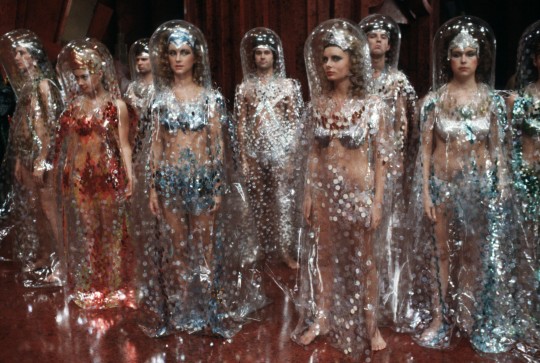
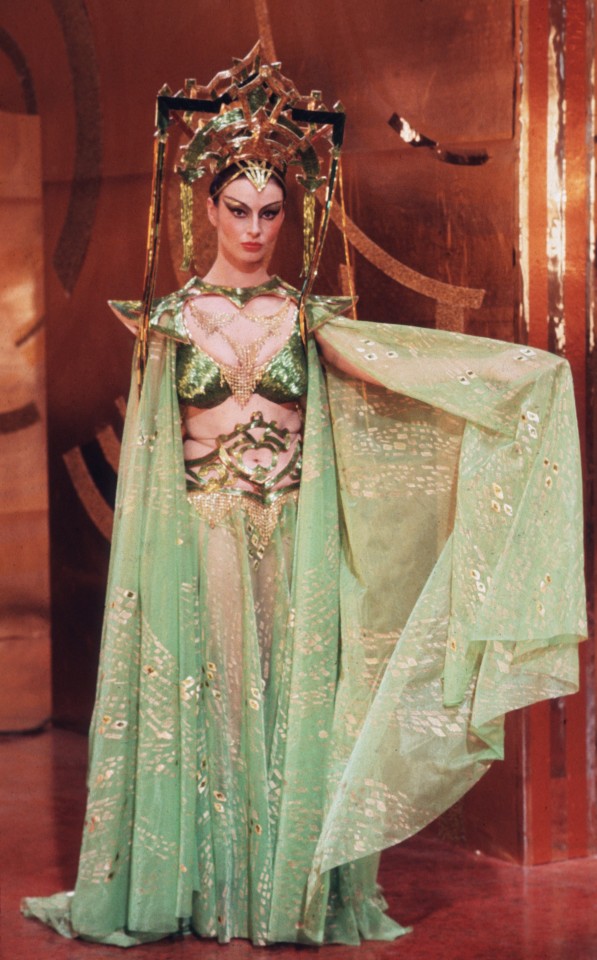
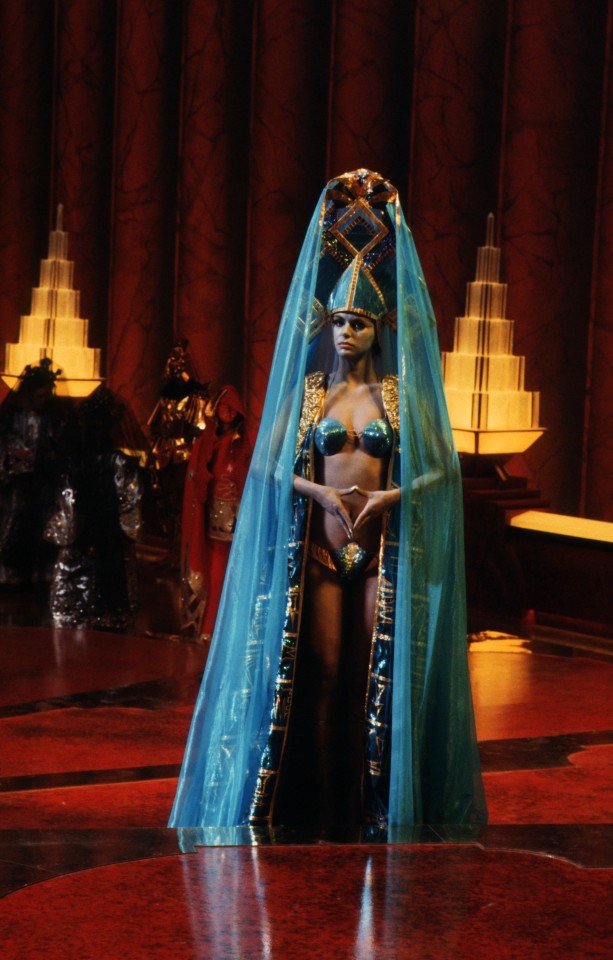
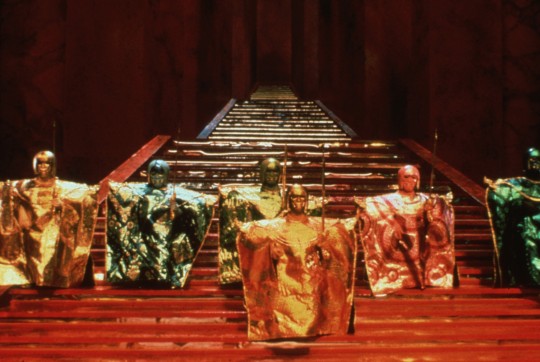

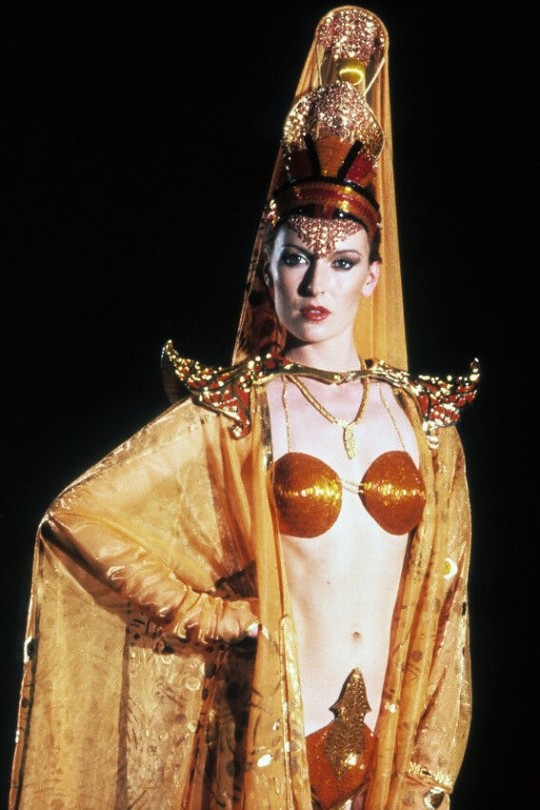
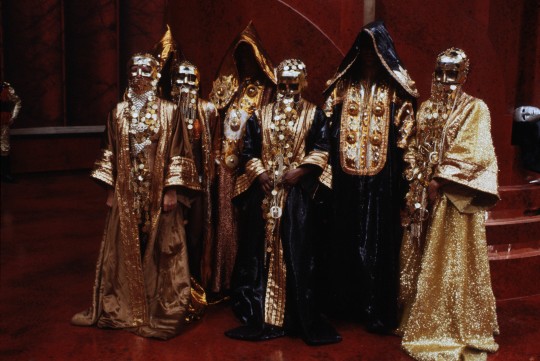
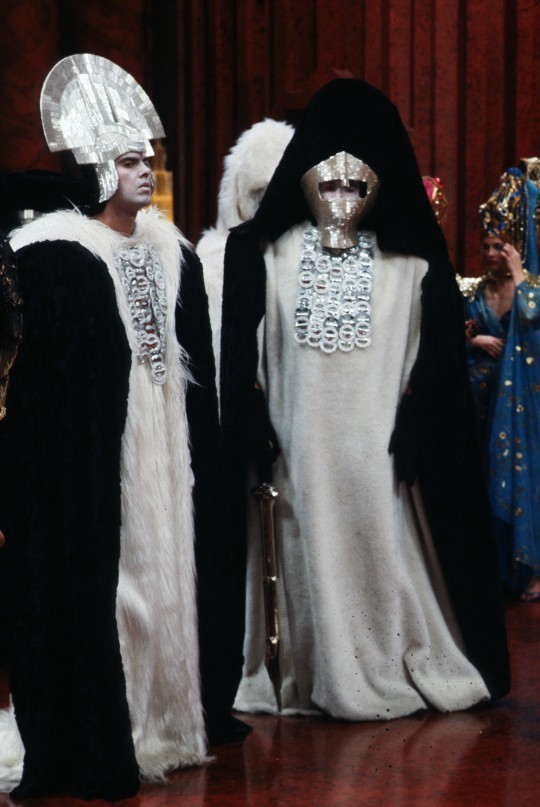

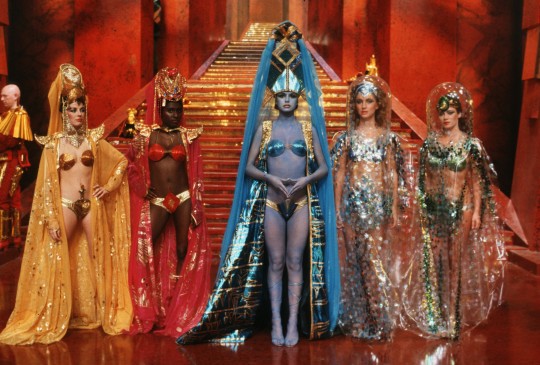
Ming’s Court - Flash Gordon (1980)
#flash gordon#80s movies#80s sci-fi#production design#costume design#danilo donati#dino de laurentiis#alex raymond#mongo#ming's court#1980s#1980
2K notes
·
View notes